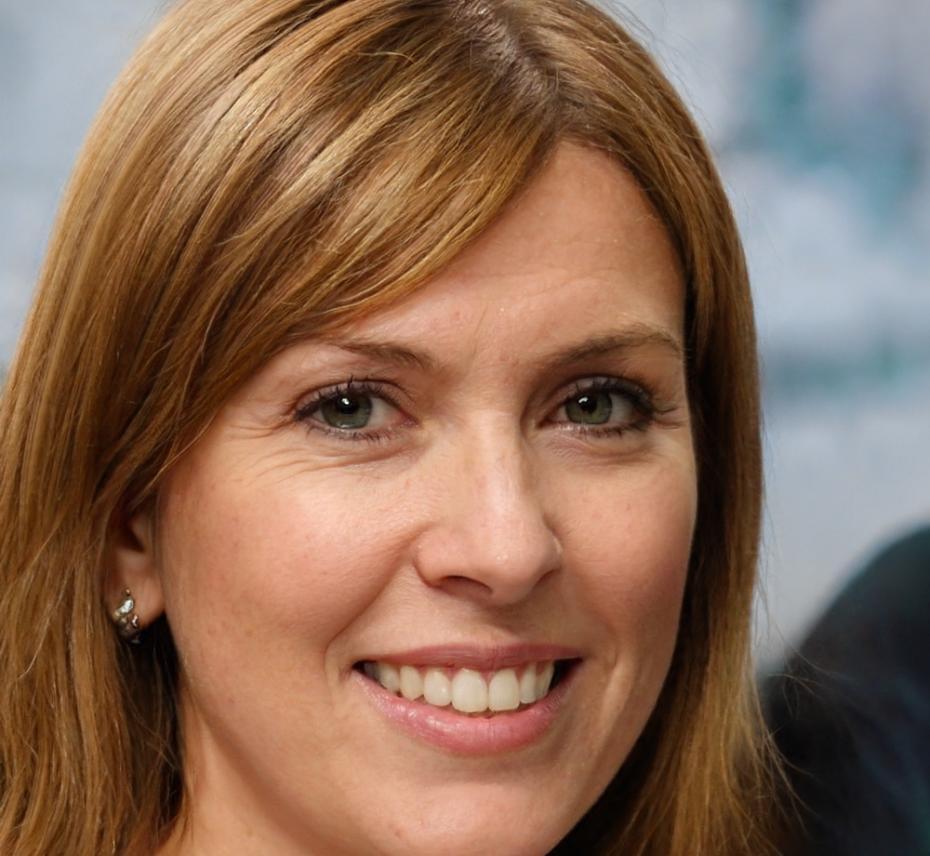Teaching Methods That Actually Connect
Financial literacy isn't just about numbers and spreadsheets. It's about changing how people think about money, security, and their future. And that requires teaching methods built around how humans actually learn—not just how information is traditionally delivered.
We've spent years figuring out what works, what doesn't, and why some approaches stick while others fade.
Four Pillars of Financial Education
These aren't theoretical concepts. They're the core principles that shape every session, every resource, and every interaction with participants.
Context Before Content
Most people don't struggle with financial concepts because they're inherently complex. They struggle because the concepts are taught in a vacuum, disconnected from real situations.
We start with the context—buying a home, planning retirement, managing business cash flow. Then we introduce the concepts as tools to solve those specific challenges. Numbers make sense when they mean something.
Mistakes as Learning Tools
Here's something that sounds obvious but gets ignored constantly: people learn more from mistakes than from perfect examples. Yet traditional education treats errors as failures rather than opportunities.
We build scenarios where participants can make decisions, see consequences, and adjust their thinking. Safe environments where getting it wrong teaches more than getting it right.
Progressive Complexity
Financial topics can overwhelm quickly. Tax implications, investment structures, superannuation rules—it's easy to lose people in the details.
Our approach layers information gradually. Start simple, build confidence, then introduce complexity once foundations are solid. Each new concept builds on what participants already understand and feel comfortable with.
Application Over Memorisation
Nobody needs to memorise formulas or regulations. That's what reference materials are for. What people need is the ability to apply principles to their actual situations.
Every session includes hands-on work with real scenarios. Participants leave with skills they've practised, not just information they've heard. Because knowing about budgeting isn't the same as being able to budget.

The classroom setup matters more than you'd think. We've moved away from traditional lecture-style arrangements to collaborative spaces where people work together, ask questions freely, and tackle problems as a group.
This isn't about being trendy. It's about recognising that financial discussions often feel isolating. Creating an environment where participants realise others share their questions and challenges changes the entire learning dynamic.
Common Challenges and How We Address Them
Financial education comes with predictable obstacles. Some are about the material itself, but most are about how people relate to money—emotionally, culturally, psychologically. Here's what we see most often and what actually helps.
The Overwhelm Factor
Financial topics trigger anxiety for many people. Tax obligations, investment decisions, retirement planning—it all feels massive and urgent at once. Participants shut down mentally before they even start.
- Break topics into manageable chunks with clear boundaries
- Start each session with one achievable goal participants can complete
- Provide frameworks that simplify decision-making without oversimplifying concepts
- Acknowledge complexity honestly while showing clear paths forward
Past Negative Experiences
Many people arrive with baggage from previous financial mistakes, bad advice, or confusing interactions with financial institutions. This creates defensive attitudes that block learning.
- Create non-judgmental spaces where past mistakes are normalised
- Share examples of how experienced professionals have made similar errors
- Focus on building forward-looking skills rather than dwelling on past decisions
- Validate legitimate frustrations with financial systems and terminology
Varying Prior Knowledge
Groups often include people with vastly different financial backgrounds. Some manage complex investment portfolios; others are working through basic budgeting. Standard pacing leaves someone behind or bored.
- Design activities with multiple depth levels that engage different skill levels simultaneously
- Use peer teaching where more experienced participants help others (reinforcing their own knowledge)
- Provide supplementary materials for both foundational review and advanced exploration
- Check in individually to ensure everyone's getting value regardless of starting point
Disconnect Between Learning and Doing
The biggest gap isn't understanding concepts—it's applying them afterward. People leave sessions knowing what they should do but never actually doing it. Knowledge without action doesn't change anything.
- End sessions with specific, small action items participants commit to completing
- Build accountability through follow-up check-ins or peer partnerships
- Address practical barriers to implementation during sessions, not just theory
- Celebrate small wins to build momentum toward larger financial goals
How Sessions Actually Flow
There's a rhythm to effective financial education that you won't find in textbooks. It's less about presenting information sequentially and more about creating moments where understanding clicks.
We typically start with a problem—something concrete that participants recognise from their own experience. Could be understanding payslip deductions, comparing loan options, or setting up emergency funds. Something real.
Then we work backward. What do you need to know to solve this problem? What decisions matter most? What can you ignore for now? This reverses the traditional approach of front-loading theory before showing applications.
The Question Framework
Rather than answering every question directly, we often respond with frameworks that help participants answer their own questions. Give someone a fish versus teach them to fish—but actually do the teaching part properly.
Sessions include regular checkpoints where we pause to ensure everyone's following. Not in a condescending way, but genuinely checking that concepts are landing. If they're not, we adjust on the spot rather than pushing forward.
By the end, participants have worked through a real financial challenge using tools and frameworks they can apply again independently. That's the goal—not cramming information, but building capability.



A Different Approach to Financial Learning
What surprised me most when I started doing this work was how little traditional education methods apply to finance. People don't learn about money the way they learn about history or science. There's too much emotion, too much baggage, too many stories they're telling themselves.
The breakthroughs happen when you stop treating financial education as information transfer and start treating it as behaviour change. That requires patience, empathy, and willingness to meet people where they actually are—not where the curriculum assumes they should be.
Our programmes launching in late 2025 will incorporate everything we've learned over the past few years about what actually moves the needle. Less lecture, more practice. Less theory, more application. And significantly more focus on the psychological aspects that traditional finance ignores entirely.